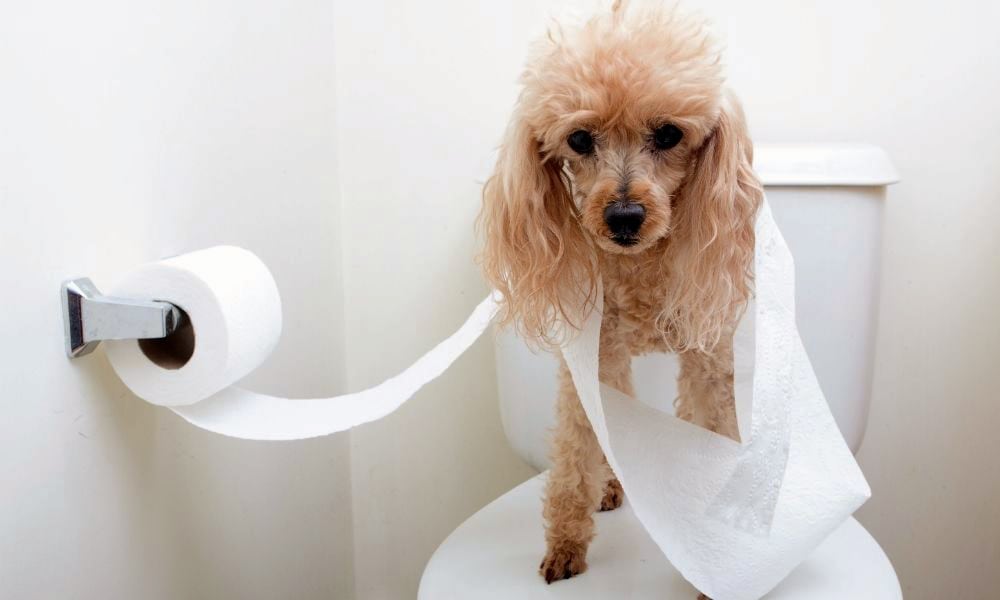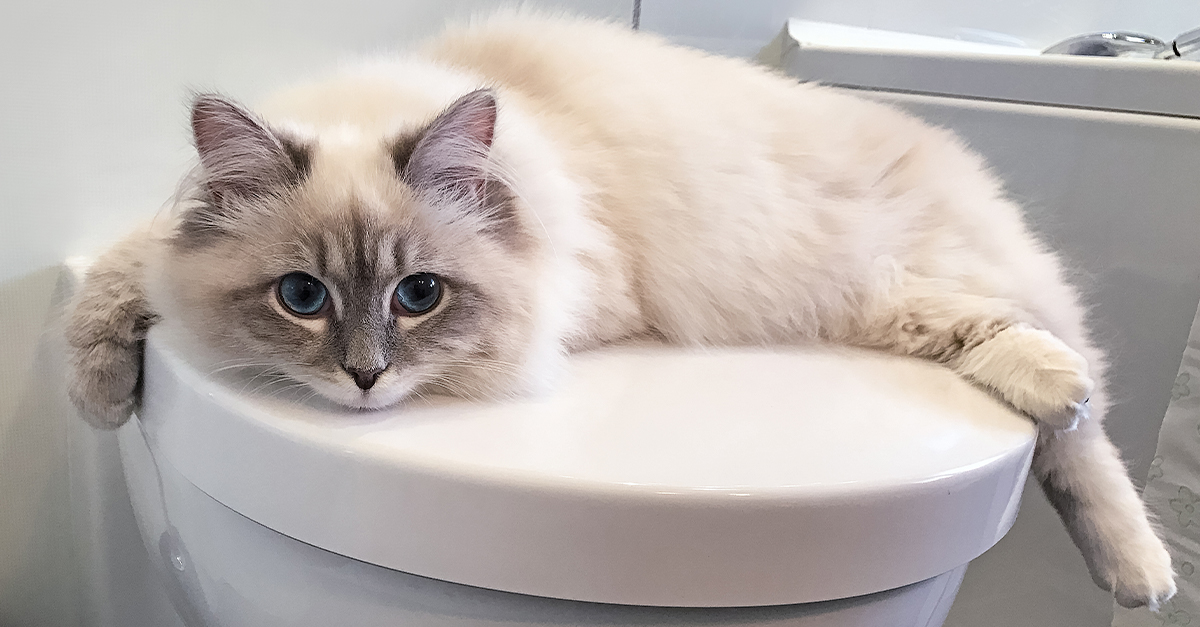What Flushing Animal Waste Down the Toilet Could be Harmful
What Flushing Animal Waste Down the Toilet Could be Harmful
Blog Article
Just how do you actually feel in relation to 10 Things You Should Never Flush Down The Toilet?

When it involves getting rid of waste, particularly animal waste, many people frequently resort to the hassle-free option of flushing it down the bathroom. Nevertheless, this relatively very easy solution can have serious effects for the environment and public health. In this post, we'll discover why flushing animal waste down the commode is a poor concept and supply different techniques for appropriate disposal.
Introduction
Appropriate garbage disposal is vital for maintaining environmental sustainability and public health. While it may seem safe to purge animal waste down the toilet, it can lead to numerous concerns, both for the setting and human wellness.
Dangers of flushing pet waste
Environmental impact
Purging animal waste presents unsafe germs and microorganisms into waterways, which can negatively influence water ecological communities. These virus can pollute water sources and damage aquatic life, interrupting fragile communities.
Public health concerns
Animal waste consists of unsafe microorganisms such as E. coli and Salmonella, which can pose significant health dangers to human beings. Flushing pet waste down the toilet can pollute water products, leading to the spread of conditions and infections.
Alternatives to flushing
Rather than flushing pet waste down the bathroom, there are several different disposal methods that are a lot more environmentally friendly and sanitary.
Composting
Composting animal waste is an eco-friendly method to deal with it. By composting, raw material is broken down right into nutrient-rich soil, which can be utilized to feed yards and plants.
Garbage dump disposal
Disposing of animal waste in a garbage dump is an additional option. While not as environmentally friendly as composting, it is a much safer option to flushing, as it stops the contamination of water resources.
Pet garbage disposal systems
There are specific pet garbage disposal systems available that securely and hygienically dispose of pet waste. These systems often use enzymes to break down waste and remove smells.
Actions to correct pet garbage disposal
To ensure appropriate disposal of animal waste, adhere to these actions:
Scooping and bagging waste
On a regular basis scoop and bag pet waste making use of naturally degradable bags. This stops waste from polluting the atmosphere.
Utilizing assigned waste bins
Dispose of bagged animal waste in assigned waste bins, such as compost bins or landfill bins. Avoid flushing it down the commode whatsoever expenses.
Cleaning can and animal areas on a regular basis
Routinely tidy can and family pet areas to avoid the buildup of waste and microorganisms. Usage pet-safe cleansing items to keep hygiene.
Benefits of appropriate disposal methods
Embracing proper disposal methods for animal waste supplies several benefits:
Minimized environmental pollution
Proper disposal techniques minimize the threat of environmental pollution, shielding rivers and ecosystems from contamination
Reduced threat of water contamination.
By preventing flushing pet waste down the bathroom, the danger of water contamination is considerably reduced, safeguarding public health.
Enhanced hygiene and hygiene
Appropriate disposal methods advertise far better sanitation and hygiene, creating a much safer environment for both humans and pets.
Conclusion
To conclude, flushing animal waste down the bathroom is hazardous to the atmosphere and public health. By taking on alternate disposal techniques and website adhering to proper waste administration techniques, we can minimize the negative influence of pet waste and add to a cleaner, healthier world.
What To Do With Dog Poo – The Do's And Don'ts Of Disposing Of Faeces
Dog poo bins
Some councils provide dedicated dog waste bins in popular dog-walking areas that can take dog poo that has been bagged but you can legally dispose of dog waste in any public litter bin, as long as it is securely bagged. This also applies to your wheelie bin at home.
Do not flush
Water companies do not recommend flushing dog faeces down the toilet because certain parasites can survive the water processing treatment and are potentially harmful to humans. You should also never consider flushing dog poo that has been bagged down the toilet as the bags will not break down and instead create severe blockages in the sewage system.
In the woods
The Forestry Commission promotes a ‘stick and flick’ method for dealing with waste in the woods. This means finding a stick and using it to flick any poo from off the path so that it is out of the way of other walkers. You could also bury it as long as it is not in an area where there might be livestock.
Livestock
Parasites found in dog poo can be transmitted to livestock if they inadvertently eat infected faeces that has been left on grazing land. This could result in the death of sheep or abortion in cattle so you should always make sure you pick up your dog’s waste in fields where livestock could be present.

Routinely tidy can and family pet areas to avoid the buildup of waste and microorganisms. Usage pet-safe cleansing items to keep hygiene.
Benefits of appropriate disposal methods
Embracing proper disposal methods for animal waste supplies several benefits:
Minimized environmental pollution
Proper disposal techniques minimize the threat of environmental pollution, shielding rivers and ecosystems from contamination
Reduced threat of water contamination.
By preventing flushing pet waste down the bathroom, the danger of water contamination is considerably reduced, safeguarding public health.
Enhanced hygiene and hygiene
Appropriate disposal methods advertise far better sanitation and hygiene, creating a much safer environment for both humans and pets.
Conclusion
To conclude, flushing animal waste down the bathroom is hazardous to the atmosphere and public health. By taking on alternate disposal techniques and website adhering to proper waste administration techniques, we can minimize the negative influence of pet waste and add to a cleaner, healthier world.
What To Do With Dog Poo – The Do's And Don'ts Of Disposing Of Faeces
Dog poo bins
Some councils provide dedicated dog waste bins in popular dog-walking areas that can take dog poo that has been bagged but you can legally dispose of dog waste in any public litter bin, as long as it is securely bagged. This also applies to your wheelie bin at home.
Do not flush
Water companies do not recommend flushing dog faeces down the toilet because certain parasites can survive the water processing treatment and are potentially harmful to humans. You should also never consider flushing dog poo that has been bagged down the toilet as the bags will not break down and instead create severe blockages in the sewage system.
In the woods
The Forestry Commission promotes a ‘stick and flick’ method for dealing with waste in the woods. This means finding a stick and using it to flick any poo from off the path so that it is out of the way of other walkers. You could also bury it as long as it is not in an area where there might be livestock.
Livestock
Parasites found in dog poo can be transmitted to livestock if they inadvertently eat infected faeces that has been left on grazing land. This could result in the death of sheep or abortion in cattle so you should always make sure you pick up your dog’s waste in fields where livestock could be present.

As a devoted reader about 4 Reasons Why Dog Poop Cleanup is Important, I imagined sharing that post was smart. Sharing is caring. You won't know, you could be doing someone a favor. Thanks for taking the time to read it.
Or Book Technician Here Report this page